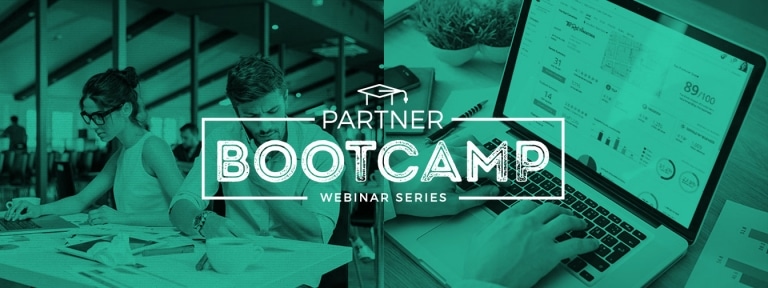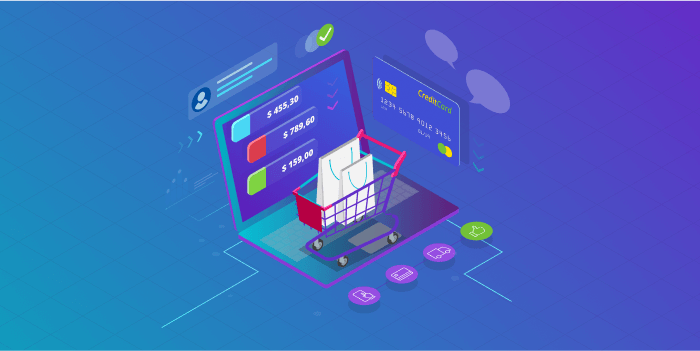On November 17, SEOReseller launched a new addition to the KEX+ webinar, where we have in-depth discussions of industry-related topics and provide professional advice to help your websites rank.
In the last episode, Bernard San Juan III and Jeriel Martinez talked about the pillars of search engine optimization:
- Technical
- On-Page
- Content
- Off-Page
- Localization
You’ll find the key takeaways from that webinar below.
Technical
The technical aspect of SEO is concerned with the elements on a website that allows Google to crawl and index it, making your website “visible” and “memorable.”
Technical aspects have no ranking weight, meaning optimizing them isn’t going to help you rank higher than your competitors. However, it’s essential because you won’t even show up on search results without it. It doesn’t matter if you have the greatest content in the world if Google can’t see your website.
“Think of technical SEO as joining the lottery,” said Bernard. “You have zero chance of winning the first page lottery if you do not participate in the lottery.”
On-Page
As its name suggests, on-page SEO involves improving various elements on your web pages. It tells Google what a page’s contents are, organizes pages according to their topic, and enhances user experience.
Among on-page SEO tasks, keyword selection is one of the most important. It can make or break your strategy. You can’t just choose whichever one has the largest search volume because you’ll likely have to compete with websites that have been investing in SEO for much longer. You must be strategic and use keywords you can feasibly rank high for.
Content
Your content is your most powerful ranking factor. When creating it, you must make technical, algorithmic, and quality considerations. Below are some content creation tasks grouped according to those considerations:
Technical
- Metadata optimization
- Matching keywords to URLs according to the search intent it satisfies
Algorithmic
- Planning a content framework
- Topic ideation
Quality
- Keyword insertion
- Content writing
- Internal linking between pages
- Image and video optimization
Your goal with content is to provide as much value as possible. It tells Google your page is useful to users, and users stick around because you have quality content.
Off-Page
In contrast to on-page, off-page involves optimizing for ranking factors outside your website. Off-page SEO primarily focuses on link building: creating backlinks from other authoritative websites to yours. Google interprets these as signals of your authority, credibility, and relevance, meaning it’s more likely to rank you higher if you have them.
There are three main types of backlinks: earned, leased, and owned.
Earned Links
Earned links are those you get through effort. They’re further divided into the following:
- Natural: You put little effort into earning the link outside your usual daily operations. Someone liked your products or services and wrote about them.
- Outreach: You write guest posts on other websites or ask them to link to your website in one of their existing posts.
Leased Links
You create leased links on digital platforms where you can control the content but don’t own the website. Examples include:
- Local citations in directories like Yelp
- Links from your Google Business profile
- Links from social media posts
Owned Links
Owned links are those you get through properties you own. You can link back to your website:
- Parent brand websites
- Sister brand websites
- Other owned assets
Localization
Finally, there’s localization. This is the +1 in our 4 (+1) pillars, as not all websites should implement local SEO strategies.
The ones that would benefit from it are the businesses that generate revenue from foot traffic, such as a dental practice or restaurant. If you run an ecommerce business, you may not get much out of it. However, if you do rely on foot traffic, localization is a must.
To localize your SEO strategy, you:
- Use a local schema
- Optimize your Google Business profile
- Create local listings (Yellow Pages, Yelp, Yahoo Local, etc.)
If you want to learn more about local SEO, check out our Vocal for Local webinar where we do a deep dive into the topic.
Join KEX+
Learn more about SEO from industry experts at KEX+, a webinar series on all things digital marketing. Check out the Pillars of SEO webinar recording on Youtube for a more in-depth discussion of everything you read above.




